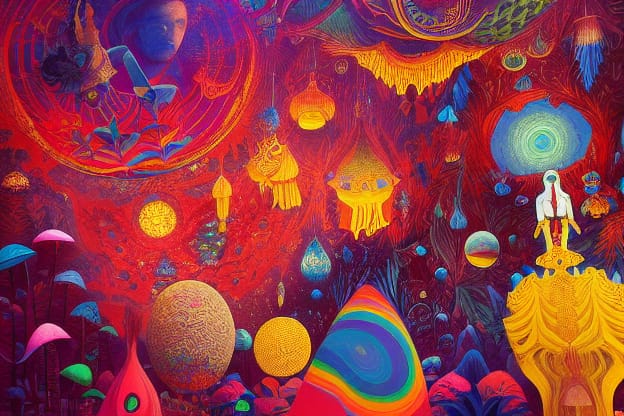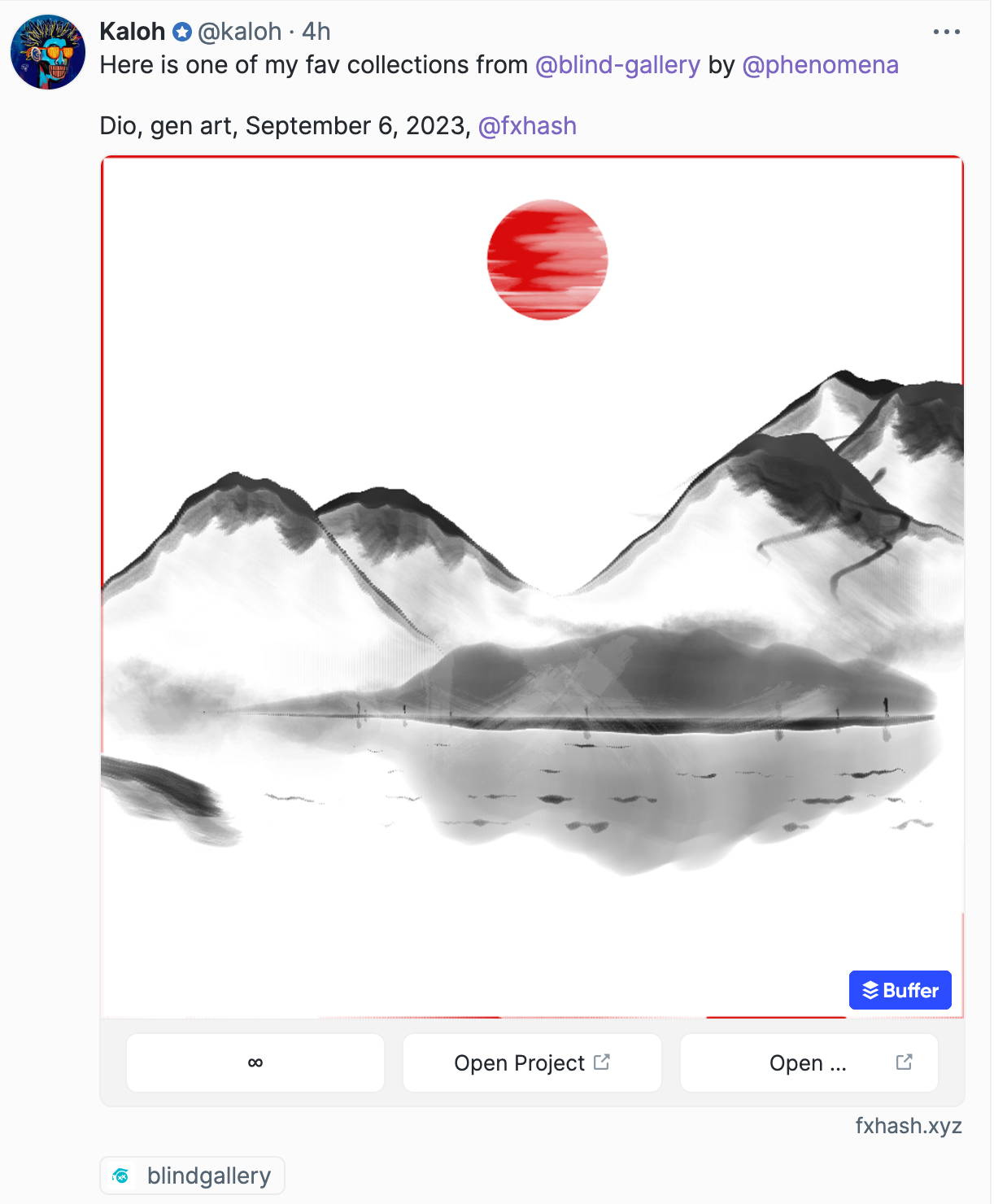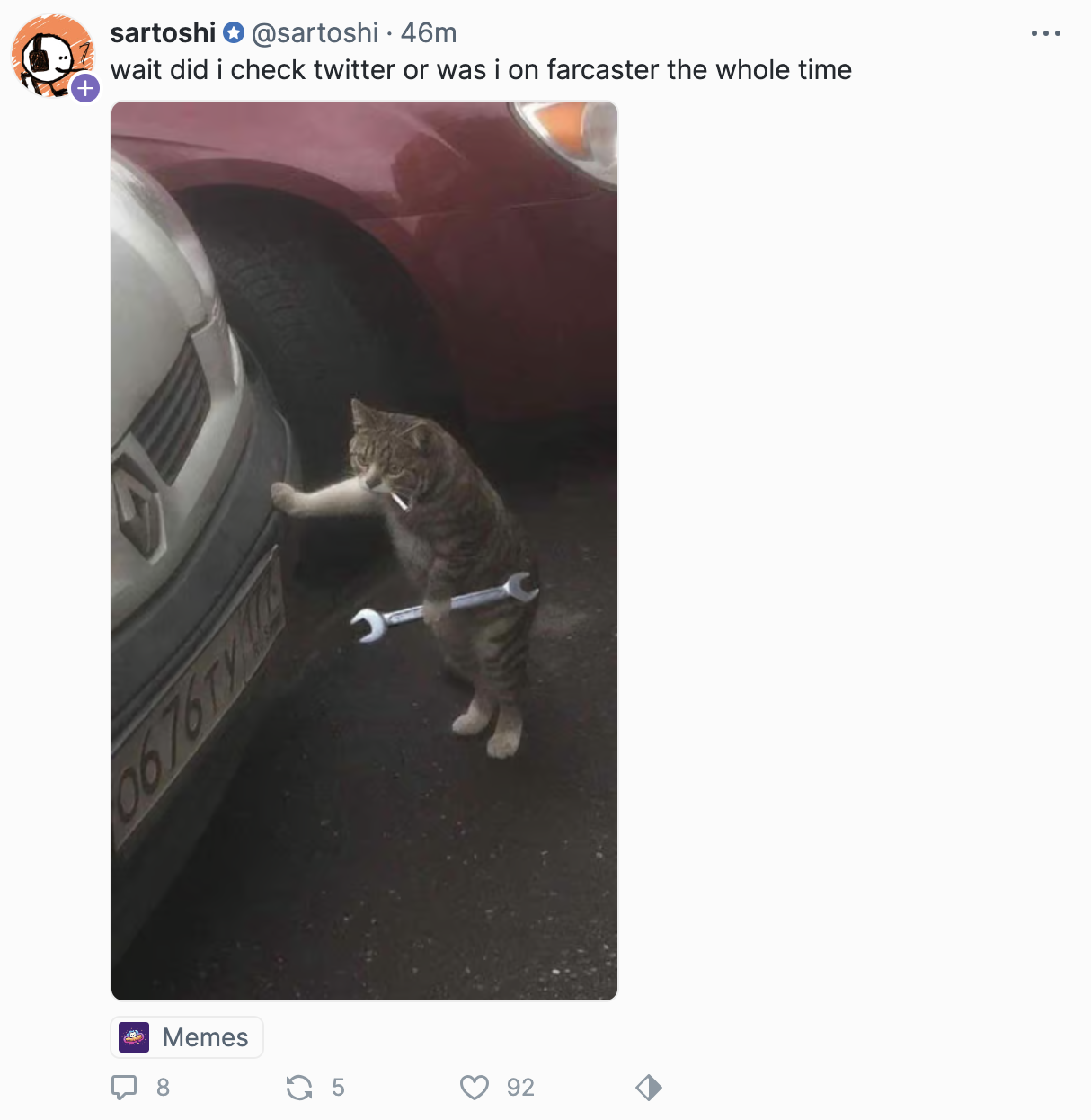What is Farcaster? The case for decentralized social media
Farcaster is a new protocol enabling easy to use decentralized social media. Warpcaster is one of the first and most popular apps built on the Farcaster protocol.

The social media revolution will be decentralized. It will also be heavily fragmented.
Social media is in transition. It’s changing in several ways. And it feels like the pace of change is only speeding up.
Not that long ago, if you wanted to find people and if you wanted reach, there were only a handful of social media channels available. Now, it feels like a new kind of social media channel or platform is launching every day.

Just last week, decentralized social media players Farcaster and Bluesky both moved from gated growth mode to let anyone join.
Only a few months ago, we were talking about Meta’s Threads and its move to be more compatible with the Mastodon and the fediverse.

As the social media space continues to fragment and move away from the mass media, one-size-fits-all model, and more toward smaller scale, customized experiences, it also means that the reach and impact of social media will change.
Already we are seeing people migrate to newer social media channels based on preferences or interests. For example, people who are interested in Bitcoin development and tech are gravitating toward Nostr, a decentralized social protocol. People interested in Ethereum and non-fungible tokens (NFTs) are gravitating toward Farcaster, which is built on Optimism, a layer 2 of Ethereum.
In this post, we’ll focus on Farcaster, mainly because the developers behind the protocol are creating an experience that makes it easy to move on-chain.
What is Farcaster and how does it work?
Farcaster is a new kind of social media protocol that is built with decentralized principles in mind.
One thing to note at the beginning, which is somewhat confusing, is that Farcaster is the name of the underlying protocol designed for decentralized social media interactions. As mentioned above, it operates on Optimism, and like other layer 2 technologies, its primary design is to enable faster and cheaper transactions on Ethereum, while also maintaining the security and integrity of the main Ethereum chain.
The actual social media apps that people use are built on top of this protocol. So for example, the first and most popular Farcaster app is called Warpcast. It looks and works a lot like Twitter, but also offers enhanced functionality like being compatible with Ethereum Name Service (ENS), which converts long strings of numbers and letters into a human-readable Ethereum address.
Connecting to ENS helps enable functionality like the ability to mint or collect NFTs and receive airdrops right from within a profile. ENS compatibility also helps authenticate users using on-chain methods, which long-term should make for a better experience for both users and protocol developers.
Looking to get started on Warpcast? Here's an invite link. You can find me @danielmcglynn.
If you don’t have an ENS handle yet, you can still get started on Warpcast but some functionality will be limited.
Because it’s early days and because there aren’t that many apps on Farcaster yet, people are using the terms Farcaster and Warpcast interchangeably, which can get confusing.
Another point of confusion is that while Farcaster is decentralized, Warpcaster uses centralized services to function. As Warpcaster is scaling rapidly, there has been some downtime with the app, but the underlying Farcaster protocol remains unaffected.
A lot of the front-end functionality of Warpast will feel familiar to people who use other social media. Warpcast users can post (or cast) text and media. They can also react by commenting, liking, or reposting other content. On Warpcast, anyone can create channels. Other users can then post to the channels (it’s kind of like the subreddit idea on Reddit if that’s familiar).
It’s in the backend of Warpcaster (and other Farcaster apps) where things get interesting. The front-end user experience might look familiar to previous kinds of social media, but it's the idea that data is sent, managed, and stored on-chain in a way that is seamless and doesn’t get in the way of the ultimate user experience that makes decentralized social media interesting.
Since Farcaster is built as a decentralized protocol, it’s permissionless, which means people can build other apps on top of it.
As the Farcaster ecosystem gets built out, it will be interesting to see how users leverage the idea of data ownership and data portability. It’s a new concept for most social media users, so its practicality hasn’t been fully tested or put to use.
What are Farcaster frames? How they demonstrate the utility of decentralized social media
At the end of January, Farcaster developers released something called Frames.
Frames make it possible to create apps within a social media feed. This means people can play games, subscribe to newsletters, mint NFTs, participate in a survey, or make purchases all from within a feed without having to leave the social platform.

While it’s still in its earliest iterations, there is a tremendous amount of buzz about the potential of Frames. For one, well-developed and well-executed Frames will unleash the next wave of creativity for content creators. Social media content will be more interactive and likely change the way that social media is consumed and shared.
From a brand perspective, leveraging a tool like Frames makes it possible to create all kinds of experiences. Inviting users to interact or connect with new users from right within a feed reduces new user acquisition friction and can substantially drive down marketing costs.
You could also imagine a bunch of new kinds of brand loyalty experiences, like letting users mint digital products that could enhance brand reach and reputation.
But maybe most important, is that all of these new interactions are happening in a way where the user is in ultimate control. Creators, brands, and consumers have access to the keys or seed, so they can move their data to new platforms or clients. If, for example, in six months, a much better version of Warpcast launches, or if a new kind of social media app launches on Farcaster, users can move between apps and take their data with them.
This also prevents the underlying “starting over” problem that feels like is happening now across social media.
Digital ownership and control also will open up new kinds of innovation and ways of handling business.
Likely in the next market cycle, we will see a sharp uptick of “on-chain” brand building as new brands and legacy companies compete to be among the first to leverage new kinds of experiences.
Proof-fo-concept or beginning of sea change?
It doesn’t seem unreasonable that all of these transitions in social media could provide a setup, or at least a little bit of push, for crypto mass adoption.

Over the past several years all of the talk about what decentralized social media or clean on-chain user experiences felt largely hypothetical. The products and services that did exist never really felt ready for the mainstream. But the way the flows work on Farcaster, from authenticating and connecting a crypto wallet to creating frames and consuming media or minting NFTs right from the feed feels like a real alternative to the traditional, centralized internet is finally coming to life.
Now, with Farcaster, or Warpcast more specifically, the utility of decentralization is moving past the proof-of-concept phase and into demonstrating real-world activity.
